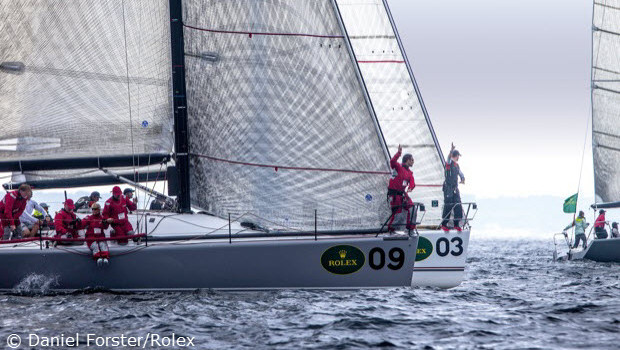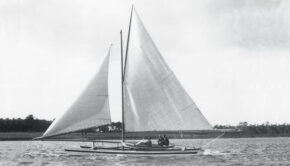Bowman signals: Getting great starts with hand signals
Published on February 11th, 2015
Getting good starts is far from easy and the bowman’s role is crucial. Yachting World’s Jonty Sherwill asked grand-prix bowman Matt Cornwell for his five best tips on giving the right signals…
Five seconds to the start and the row of bows is accelerating towards the line. A boat to windward is early and obscuring your view of the start boat. The bowman signals for ‘full speed’, then runs aft and hits the rail. We’re off, there’s clear air and space below . . .
Stepping up to do ‘bow’ is to take on a multi-role, multi-skilled task. Clear communication is at the heart of all good sailing teams and during the prestart visual hand signals from the bowman, plus verbal input from the tactician and other team members, can help inform the helmsman of the distance to the line, proximity to other boats and whether to hold course, slow down, speed up, etc. Agreeing and understanding the visual signals is vital for a safe start.
Although the pre-start may demand the highest level of concentration and precision, for the bowman it can be just the beginning of a race-long job list of headsail changes, gybes, spinnaker peels and trips aloft. On bigger yachts a run to the bow may also be needed to call a port/starboard dip or mark overlap and here the same hand signal code can be used.
The common hand signals used are: CLICK HERE









 We’ll keep your information safe.
We’ll keep your information safe.